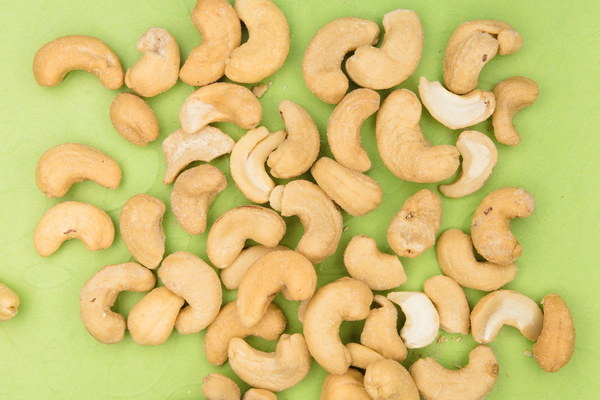Breath of Purity Unveiling the Art of Lung-Cleansing Breathing Exercises
Introduction:

In a world increasingly enveloped by pollution and stress, the health of our lungs often takes a backseat. However, incorporating lung-cleansing breathing exercises into our daily routine can be a game-changer for our respiratory health. This article delves into the science behind these exercises and provides a step-by-step guide to help you embark on a journey to purer lungs and a healthier life.
The Science of Lung-Cleansing Breathing Exercises
Our lungs are marvels of nature, capable of processing vast amounts of air to supply our body with oxygen. However, they can also accumulate impurities such as dust, allergens, and even stress hormones. Lung-cleansing breathing exercises are designed to enhance lung capacity, improve oxygenation, and expel toxins from the respiratory system.
One such exercise is the Kapalbhati Pranayama, an ancient breathing technique known for its detoxifying effects. It involves rapid, forceful exhalations followed by passive inhalations. This practice not only clears the lungs but also stimulates the diaphragm and strengthens the respiratory muscles.
Step-by-Step Guide to Lung-Cleansing Breathing Exercises
1. Find a Quiet Space: Begin by finding a quiet, comfortable place where you won't be disturbed. Sit in a relaxed position, either on a chair or the floor.
2. Deep Breathing: Take a few deep breaths to center yourself. Inhale slowly through your nose, filling your lungs completely, and then exhale slowly through your mouth.
3. Kapalbhati Pranayama: Now, start the Kapalbhati exercise. Inhale deeply through your nose, filling your lungs, and then exhale forcefully and rapidly through your mouth, as if you were blowing out a candle. The key is to use your abdominal muscles to push out the air.
4. Control Your Pace: Perform the Kapalbhati technique for about one minute. Focus on the rhythm of your breaths and try to keep them consistent.
5. Inhale Passively: After completing the Kapalbhati cycle, take a passive inhalation through your nose. Let your lungs fill up with air naturally without any effort.
6. Repeat: Repeat the Kapalbhati cycle for several rounds, gradually increasing the number of cycles as you become more comfortable with the exercise.
7. Cool Down: To finish, take a few deep, slow breaths and gradually bring your breathing back to normal.
Benefits of Lung-Cleansing Breathing Exercises
- Improved Lung Capacity: Regular practice of lung-cleansing exercises can increase lung capacity, allowing for better oxygen intake and carbon dioxide expulsion.
- Detoxification: These exercises help remove impurities from the lungs, leading to a cleaner and more efficient respiratory system.
- Stress Reduction: The rhythmic nature of breathing exercises can help reduce stress and promote relaxation.
- Enhanced Immune System: Improved lung function can strengthen the immune system, making the body more resistant to respiratory infections.
- Improved Energy Levels: Increased oxygenation can lead to higher energy levels and an overall sense of well-being.
Conclusion:
Incorporating lung-cleansing breathing exercises into your daily routine is a simple yet effective way to improve your respiratory health. By following the steps outlined above, you can embark on a journey to purer lungs and a healthier, more vibrant life. Remember, consistency is key, so make these exercises a regular part of your wellness regimen. Your lungs—and your body—will thank you.









